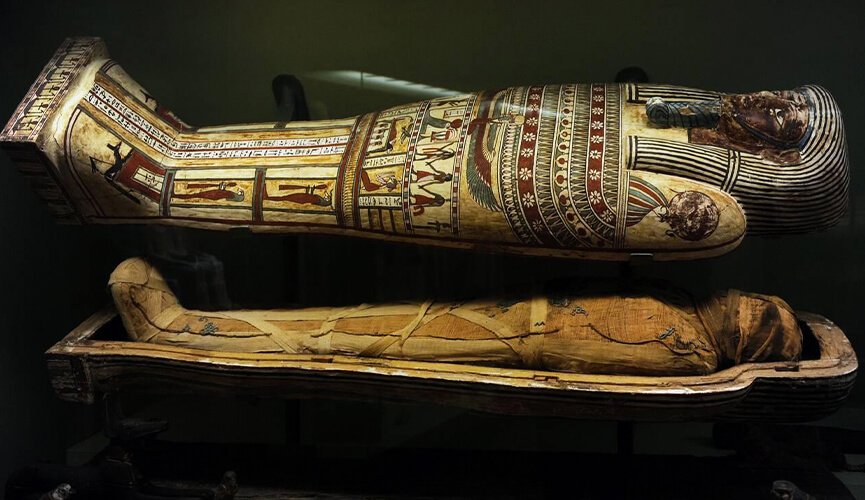Egyptian Mummies facts are not just old artifacts but also essential time capsules that have shed light on history and science. These bodies are still in good shape, giving us a unique look into ancient Egypt’s beliefs, habits, and everyday life. From figuring out how to read their hieroglyphics to learning about their complex social structure and medical practices, mummies have been essential to learning about this ancient society and ancient temples.
Egypt’s strange customs have long been a mystery to the rest of the world, and the complicated mummification process may be the most mysterious. This sacred ritual, which dates back more than 3,000 years, was at the heart of Egyptian society and showed how deeply they thought about life, death, and the afterlife. From the pharaohs to the ordinary people, mummification was a respected practice that brought everyone together in the search for eternal life.
What is mummification?

A. Explanation of the mummification process in ancient Egypt
Mummification was a long and challenging way to keep the dead alive forever. It took many careful steps, like removing the innards and putting on natron salts, which dried out the body. The mummy was wrapped in cloth and put in a box to go to the afterlife.
B. Significance of mummification in religious beliefs and the afterlife
For the ancient Egyptians, mummification was more than just a way to keep the body alive. It was also a way to help the spirit move on. They thought the soul had to go to the future in a body still in good shape. So, mummification was closely tied to their religious beliefs. It ensured that the deceased could make the perilous journey to the afterlife and face judgment from the gods.
Origins of Egyptian mummification
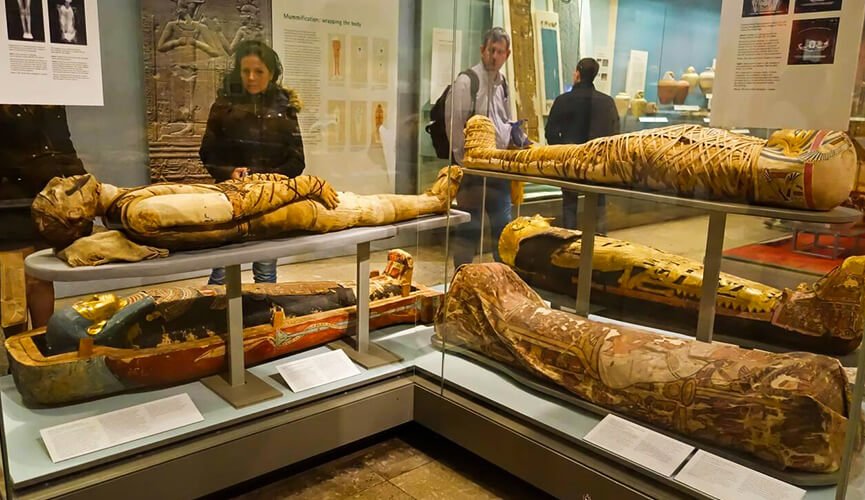
A. Historical background of the first documented mummies
The first known mummies date back to about 3500 BCE, which shows that mummification has been around for a long time. At first, the process was straightforward, but it has changed a lot over time.
B. Development and evolution of mummification techniques
As time went on, mummification methods got more and more complicated. The ancient Egyptians improved their work by learning more about anatomy and preserving things. This change showed how important mummification was to society and how important it was becoming in Egyptian culture.
Types of Egyptian mummies
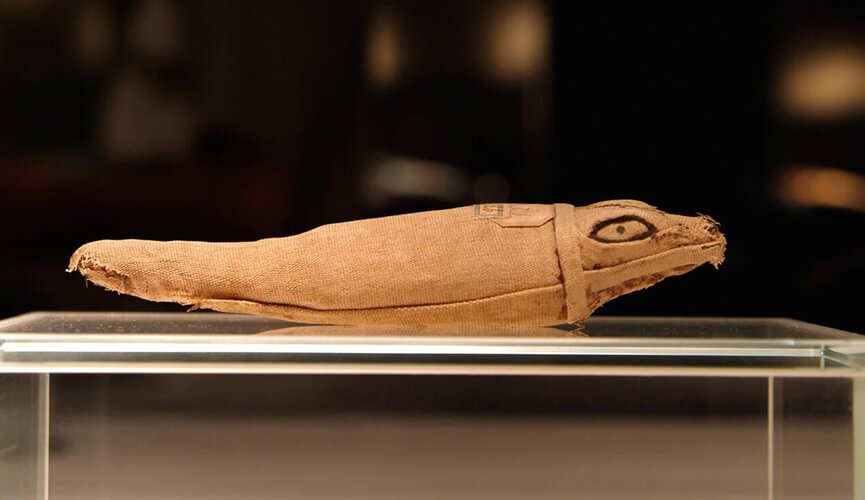
Royal mummies of pharaohs and noble individuals
The royal mummies of pharaohs like Tutankhamun and Ramesses II show how grand Egypt was in the past. The most complicated mummification methods were used on these famous people, which showed their divine status and made sure their memory would last.
B. Commoner mummies and their societal Significance
People who weren’t part of the royal family could also be mummified. Even though this practice was less expensive, it was still essential to society and religion because it gave everyone who could afford it hope for a future.
C. Animal mummies and their religious purpose
The Egyptians mummified animals, especially those important to them, like cats, turtles, and ibises. These animal mummies were gifts to the gods. They showed how the human and divine worlds were linked.
Secrets of the mummification process
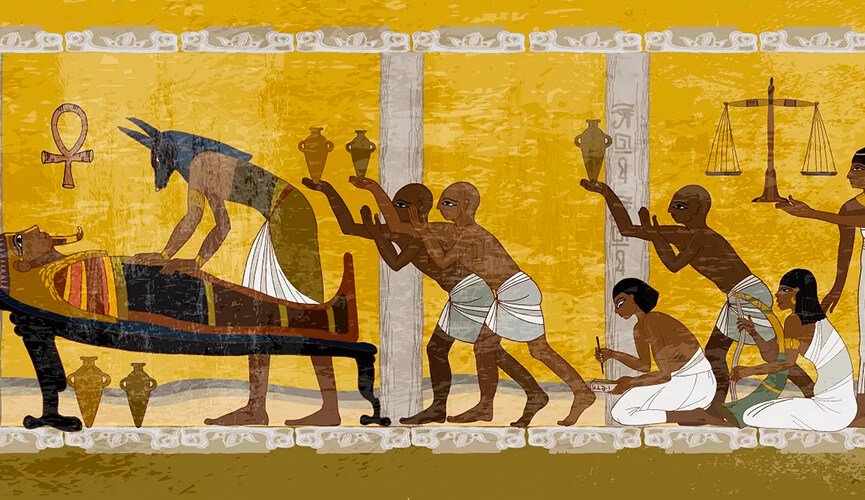
A. A step-by-step look at the process of mummification
The mummification process was carefully planned and took many steps, from taking out the brain to wrapping the body in linen wraps. Each stage had a spiritual meaning that helped the dead person move smoothly to the afterlife.
B. Materials and tools used by ancient Egyptian embalmers
Embalmers in the past used natron salts, resin, and cloth wrappings, among other things, to keep the body from decomposing. These materials were picked because they are unique and work well for mummifying.
C. Unconventional or surprising practices during mummification
Even though experts know a lot about mummification, there are still some unusual things that they need help understanding. Egyptology continues to be interested in and learn more about these secrets.
Egyptian mummies and their preservation
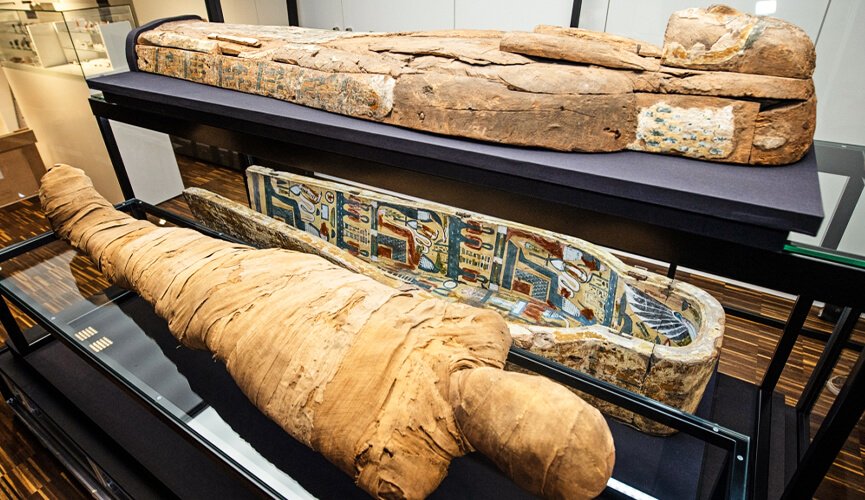
A. Factors that played a role in mummy preservation
The fact that mummies have lasted for thousands of years results from the surroundings, how tombs were built, and the mummification process. Egypt’s desert climate helped keep these old artifacts in good shape for a long time.
B. Explanation of preservation methods such as desiccation and burial rituals
Along with natural causes, the ancient Egyptians’ elaborate burial practices, such as building elaborate tombs and coffins, helped mummies last long. Desiccation and other chemicals that help keep things fresh also help keep the bodies in good shape.
C. Examples of well-preserved mummies and their Significance in modern research
Scientists have learned a lot from well-preserved mummies, like those of pharaohs and high-ranking officials, about old medicine, genetics, and how the wealthy lived.
Mummies as valuable sources of archaeological insights
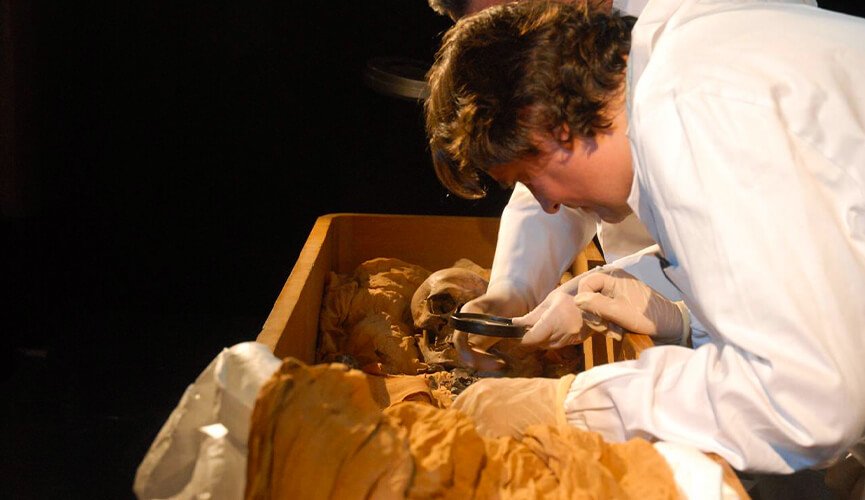
A. Scientific discoveries and revelations from mummy studies
Scientists have learned a lot from studying mummies, like what diseases were common in ancient cultures, what Egyptians ate, and how they lived thousands of years ago.
B. Examination of mummies
In addition to being interesting from a scientific point of view, mummies help us understand ancient Egypt’s social structures, religious beliefs, and artistic expressions.
Famous Egyptian mummies
The world has been interested in famous Egyptian mummies for centuries because they give a unique look into the old Egyptian culture and rituals. Archaeologists, scholars, and tourists are still interested in these well-preserved bodies wrapped in complicated bandages and buried with valuable items.
Tutankhamun
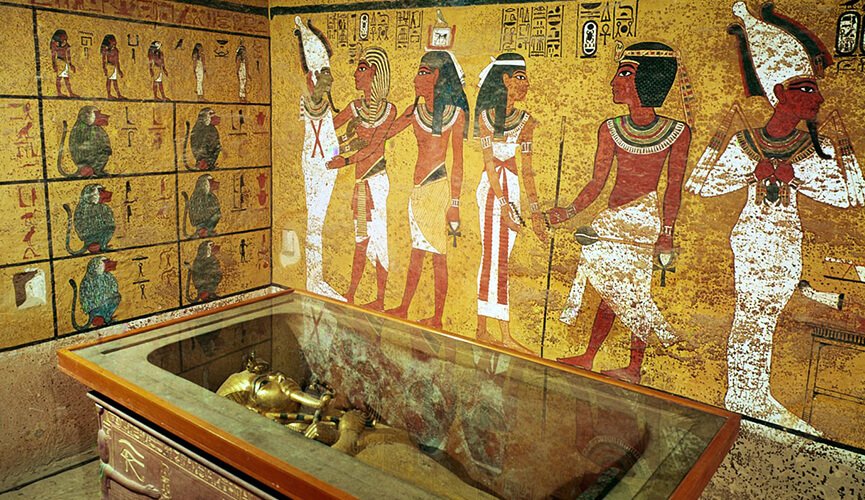
Tutankhamun’s body, also known as King Tut, is one of the most famous Egyptian mummies. Howard Carter found the tomb of King Tut in 1922. He found a treasure trove of artifacts and an ideally kept mummy inside. This find showed how rich and powerful the pharaohs were. Its beautiful craftsmanship and historical importance wowed people all over the world.
Ramses II
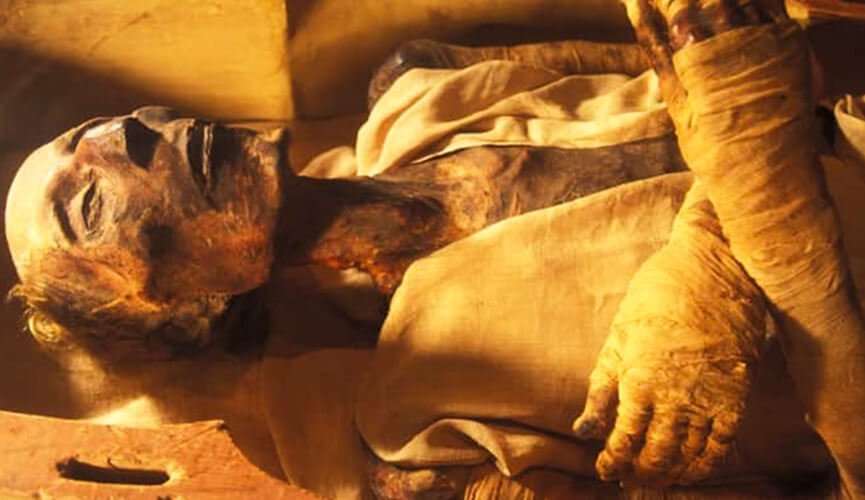
The mummy of Ramses II, also known as Ramses the Great, is also well-known. Ramses II, one of the most potent pharaohs who ruled for the longest time, left a legacy that can’t be denied. Since 1881, when his mummy was found, it has become one of history’s most studied and famous mummies. Ramses II is known for his impressive monuments and military wins. His mummy tells us how he looked and what might have killed him. It’s wild to think that we can still look at the bones of a master who lived more than 3,000 years ago and learn from them.
Hatshepsut
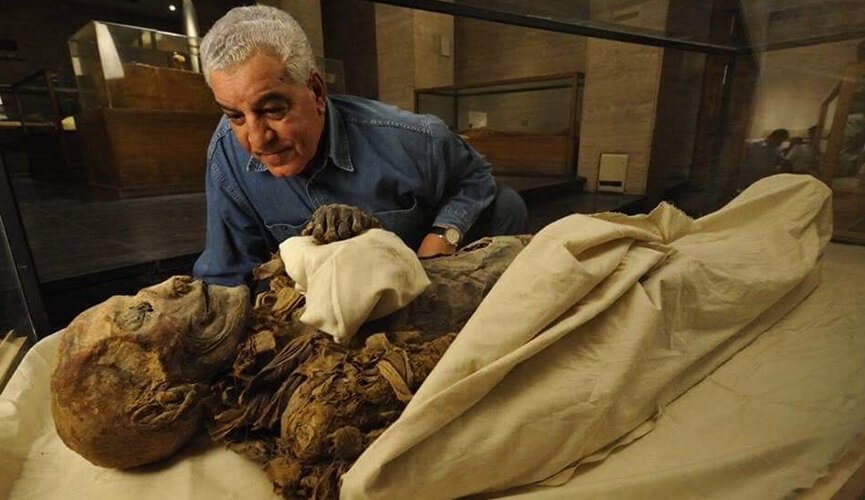
Hatshepsut was Egypt’s first female pharaoh, and her mummy gives us an exciting look into her life. Hatshepsut’s rise to power was unusual because she called herself queen and dressed like a man would. When her mummy was found in 1903, it told an interesting story about women in ancient Egypt and who had power. Hatshepsut’s mummy explains her intricate rule and how she dealt with a predominantly male-run society.
In the end, famous Egyptian mummies give us a rare chance to learn about the lives, habits, and beliefs of one of the most fascinating ancient cultures. From the wealth of Tutankhamun’s tomb to the power of Ramses II and the defiance of Hatshepsut, these mummies are a physical link to the past. They remind us how much people have always been interested in Egypt and its long history. They also make us want to find out what else is hidden in the bandages of these great people from the past.
Mummies in popular culture and impact

A. Influence of Egyptian mummies on literature, film, and entertainment
Egyptian mummies have moved beyond their historical roots and are now a part of everyday culture. They have been the basis for many books, movies, and computer games, leaving an indelible mark on people’s minds.
B. Misconceptions and stereotypes surrounding mummies
Even though mummies are essential to culture, they have also been the subject of creation myths and stereotypes. To understand their real historical value, you need to be able to tell fact from fiction.
Summary
We’ve looked into the fascinating world of Egyptian mummies, learning about their fascinating past and the fantastic process of mummification. During our talk, we knew that ancient Egyptian mummification was a way to keep the body alive after death and a complicated rite with spiritual meaning.
First, we talked about the history of mummification, which goes back more than 5,000 years. Ancient Egyptians thought there was a life after death, and mummification was seen as a way to prepare the body for the trip. The internal parts had to be removed, chemicals had to be put on the body, and the body had to be carefully wrapped in linen bandages. This careful process ensured the dead would have a body in the next world.

